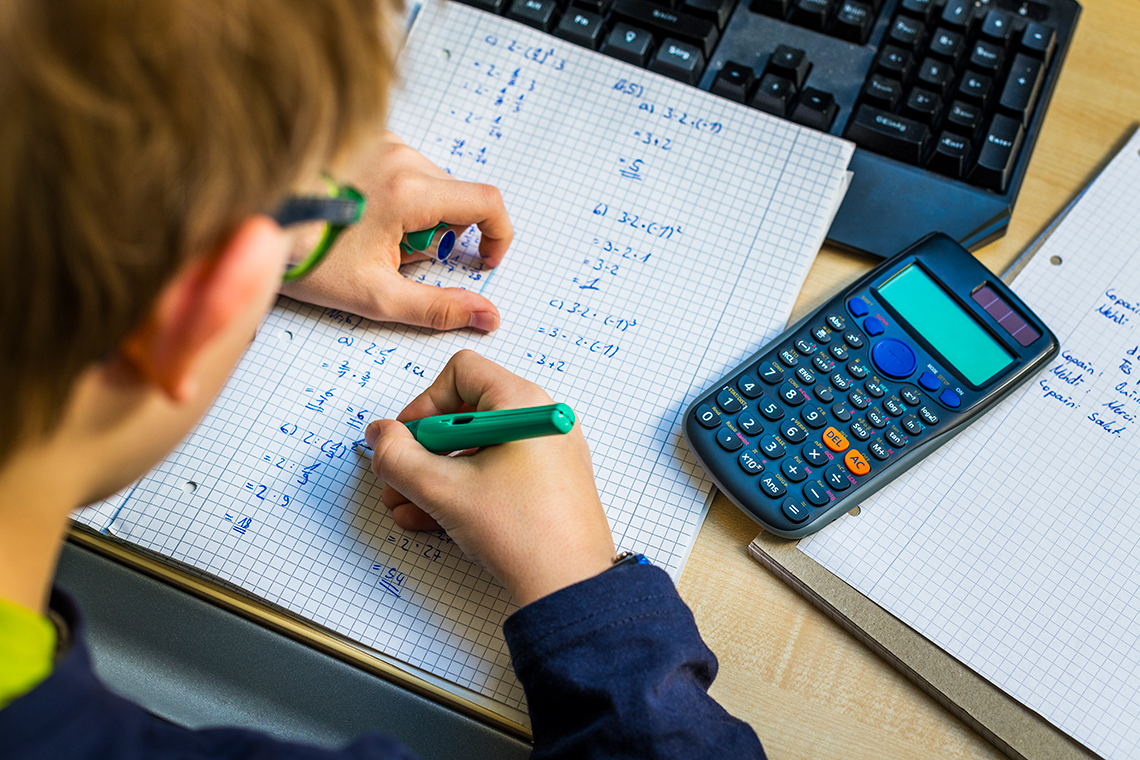Minds On
Part-time jobs

Consider the following questions:
What is income? How is it determined?
Record your ideas digitally, orally or in print.
There are two entrepreneurs.
Entrepreneur 1 worked 16 hours and gets paid $12 per hour.
Entrepreneur 2 also worked 16 hours and is paid per hour, making $174, $30 of which was in tips.
How much does Entrepreneur 2 make per hour?
How are the two incomes similar? Different?
What part of the income is fixed and what part changes?
Press ‘Answer’ to reveal the solution.
Entrepreneur 2 makes $174 - 30 tips= $144. 144 ÷ 16 hours= $9/hour. So, Entrepreneur 2 makes $9 per hour.
For 16 hours, Entrepreneur 1 made 16 × 12 = 192.
Their incomes are similar because they both have an amount they are paid per hour. Their incomes are different because Entrepreneur 2 makes less money per hour but they also get to add in tips
The part of the income that is fixed is the hourly rate they are paid. The part that changes is the number of hours and the amount of money they receive in tips.
Action
Finding the nth term

Use the following pattern or create a pattern of your own that has a constant (a part that doesn’t change) and a variable (a part that does change).
Now that you have your pattern, complete a table values for terms 1 through 6 using the models. You can record your thinking in the following fillable and printable "Table Values Chart" or use another method of your choice.
Press the 'Activity' button to access Table Values Chart.
Answer the following questions based on your tables of values.
- Where do the circles from the geometric representation appear in the table? Where do the cubes appear?
- Which shape has the same number all the way through the chart? This is called the constant because it does not change. Indicate this in the brackets under the appropriate heading or record using a method of your choice.
- Which shape has a different number in each model? This is called the variable because it varies or changes. Indicate this in the brackets under the appropriate heading or record using a method of your choice.
- How is the variable related to the term number?
- Describe the pattern digitally, orally or in print.
- If the term number is n, how could you figure out how many cubes are in the nth model?
- How can you determine if your nth term is correct?
Press ‘Reveal’ for sample answers.
| Term Number (n) | Number of Circles (constant) | Number of Cubes (variable) | Total Number of shapes (Term Value) |
|---|---|---|---|
| 1 | 3 | 2 | 5 |
| 2 | 3 | 4 | 7 |
| 3 | 3 | 6 | 9 |
| 4 | 3 | 8 | 11 |
| 5 | 3 | 10 | 13 |
| 6 | 3 | 12 | 15 |
| 12 | 3 | 24 | 27 |
| n | 3 | 2n | 3+2n |
- The circles appear as the first value. The cubes appear as the second value. So, first value + second value = term value
- The circles have the same number all the way through the chart.
- The cubes have a different number in each model.
- The variable is related to the term number because it’s double the term number (or, it’s term number × 2).
- The pattern starts at 5 and increases by 2 each time.
- If the term number is n, the number of cubes would be 2×n.
-
I could determine if my nth term is correct by trying to substitute other term numbers in and see if I get the correct term value (total number of shapes).
Term number 1: 3 + 2(1) = 5
Term number 5: 3 + 2(5) = 13
Consolidation
Algebraic representation
The following are linear patterns in different forms: a t-table, a geometric model, a sequence and a graph.
For each pattern:
- Determine the variable and the constant.
- Write an algebraic expression for the nth term.
- Solve for the 20th term, using your algebraic expression where n=20.
Record your ideas digitally, orally or in print, or using a method of your choice.
Pattern A
T-table values: (1,2), (2, 3), (3, 4), (4, 5), (5,6), (6,7)
Pattern B
Term 1 has a column of 4 stacked cubes, term 2 has a column of 4 stacked cubes and a column of 3 stacked cubes, term 3 has a column of 4 stacked cubes and 2 columns of 3 stacked cubes, term 4 has a column of 4 stacked cubes and 3 columns of 3 stacked cubes.
Pattern C
2, 5, 8, 11, 14, 17
Pattern D
Plotted points: (1, 4), (2, 6), (3, 8), (4, 10), (5, 12), (6, 14)

A line plot. The y-axis goes up by 5’s. The x axis goes up by 5’s. The plotted points are: (1, 4). (2, 6). (3, 8). (4, 10). (5, 12). (6, 14).
Reflection
As you read the following descriptions, select the one that best describes your current understanding of the learning in this activity. Press the corresponding button once you have made your choice.
I feel...
Now, expand on your ideas by recording your thoughts using a voice recorder, speech-to-text, or writing tool.
When you review your notes on this learning activity later, reflect on whether you would select a different description based on your further review of the material in this learning activity.